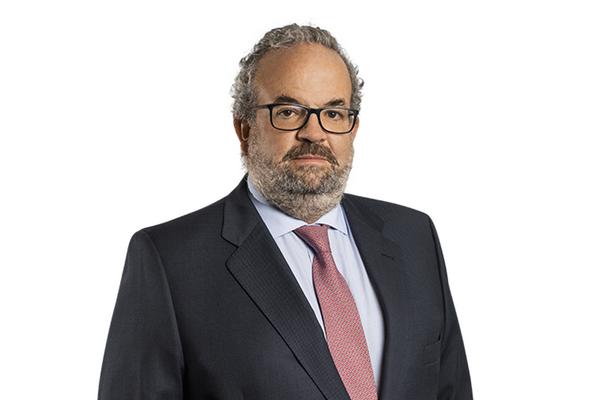1. Housing remains the cornerstone of opportunity across Europe
One clear theme from our recent roundtables was the central role that housing plays across all European markets. The challenge is consistent: too little supply, build cost inflation, and onerous planning regimes that hold back development.
In Ireland, the government has committed to delivering 50,000 new homes per year, yet only about half that number are being built. Poland faces a shortfall of around 1.5 million homes. Meanwhile, Spain is seeing a surge in living sector investment, driven by growing interest around the potential in its alternative asset classes.
Despite these barriers, the political will exists to unlock housing across the continent. Reforming planning systems could unleash significant development and investment opportunities across the Continent.
2. Infrastructure spending is rising – and so are partnership opportunities
Governments across Europe are making record infrastructure commitments. Germany has approved a €500 billion package, while Ireland is preparing to deploy its healthy budget surplus towards critical upgrades in water and energy supply.
This wave of infrastructure investment is not just a political strategy – it presents real opportunities for the real estate sector. Developers and investors with the right credentials could find themselves well placed to help deliver on national priorities, particularly in housing, logistics, and public sector assets.
There’s also an awareness of external pressures. In Ireland, there are some concerns over how US policy will affect the Irish market’s exposure to tax revenue from global tech giants.
3. Capital is available – but you need the right connections
Across Europe, financing conditions are steadily improving. Falling interest rates and stronger economic sentiment have seen banks and investors show renewed appetite for deals.
In Poland, Real Estate Investment Trust (REIT) legislation is expected later this year, likely opening up new capital markets and financing options backed by local lenders. Spain remains slower in traditional development finance, but that gap is being filled by alternative lenders. Other markets like Ireland, France and Germany also show strong liquidity – the capital is there, but access often depends on relationships and timing.
Distressed opportunities, particularly in the office sector, are rising – but many are still traded off-market. Knowing the right debt funds, banks and advisors is critical.
4. Slower growth in major economies shifts focus to emerging markets
France and Germany – Europe’s two largest economies – are facing slower growth in 2025. “Flat, but resilient” was how we described the French economy, which is forecast to grow by less than 1%, while Germany is also predicted to be largely flat this year. This slowdown is a concern, though stimulus measures – such as Germany’s infrastructure plan – may help.
However, lower growth in the traditional powerhouses means other markets are catching the spotlight. Poland and Spain are two of Europe’s recent economic success stories. Poland boasts the highest projected GDP in the European Union with its recent presidential elections having done nothing to dampen its exceptional growth projections.
French SCPI (Société Civile de Placement Immobilier) funds are now actively looking abroad (particularly in the UK) for better returns, a sign that the search for yield is expanding across borders.
5. Logistics stay strong as retail starts to rebound
Despite economic headwinds, two asset classes remain consistent performers: retail and logistics and, more recently, retail parks. Across all the jurisdictions we discussed, these sectors stood out as dependable and yield-generating.
Ireland, Poland and Germany continue to see solid investor returns. For example, Irish retail is delivering yields of 6.5% to 8% – a highly attractive prospect in today’s market. In Poland, international investors dominate the landscape, with an estimated 98% of the real estate market in foreign hands. Even without domestic pension fund participation, Poland’s logistics and retail sectors remain high on global investor lists.
For those seeking long-term stability, these sectors remain safe and lucrative bets.









